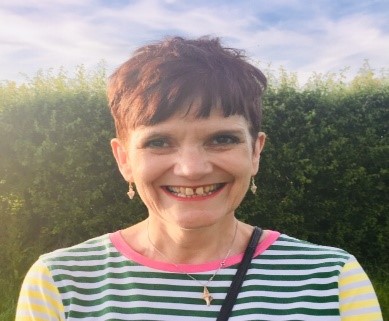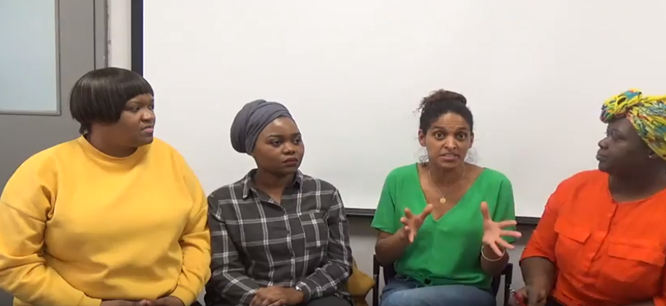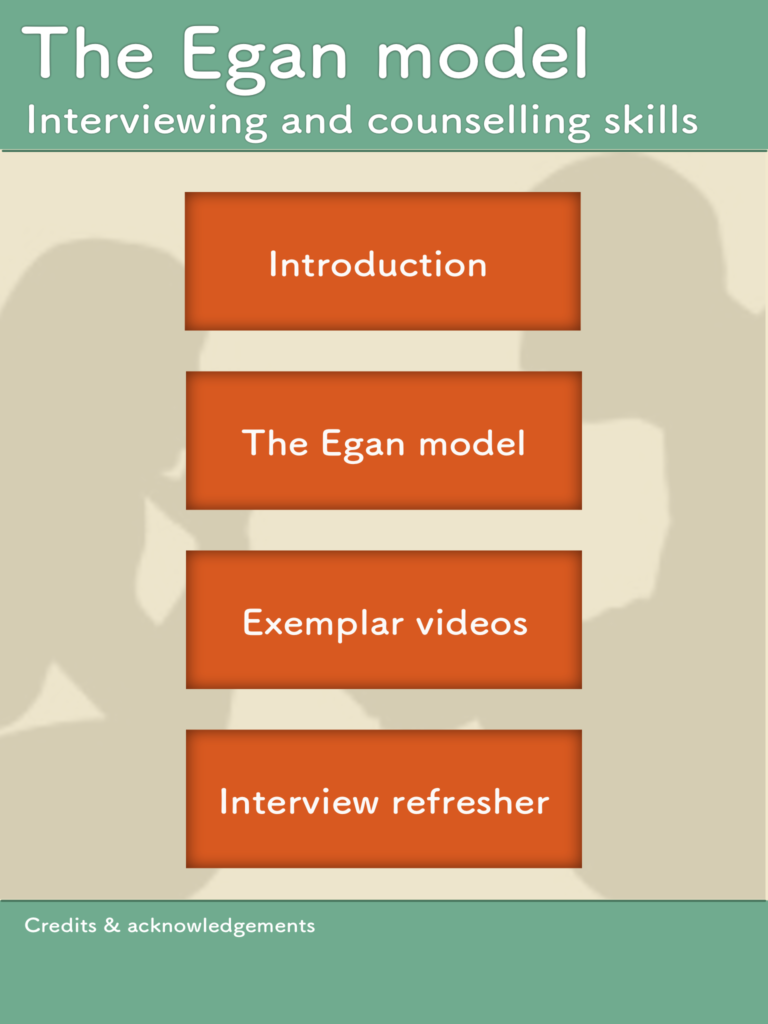‘App’- lying the digital in social work… Or why we should not be teaching the same way for 20 years

Editor’s Note: Denise Turner, PhD is a senior lecturer in the Department of Social Work at London Metropolitan University. Her research interests focus on the innovative use of digital technology in teaching and practice. In this blog post, Denise shares her collaborations and process when developing an app for mobile devices for social work students and practitioners. You can follow Denise on Twitter at @DeniseT01.
The Background
Recently, my first draft of an article focussed on creating digital resources to update social work education, was returned with the question, ‘Does it really matter that this has been taught the same way for over twenty years?’ After the inevitable, slightly nonplussed reaction to article reviews, I was forced to give this question some considerable thought. Certainly, Steve Wheeler, whose work on e-learning I hugely admire, counsels against using technology simple because it is ‘new and shiny’ (Wheeler, 205, p. 7). In response to the reviewer, I had to ask myself if this applied to me. Was this what I was doing? Simply jumping on a digital bandwagon because it was trendy? Certainly, my ever-advancing years and my own lack of digital acuity suggested this might be the case. As the old adage suggests, was I one of those who taught because I couldn’t do? On reflection, I returned to the original source of the problem in order to try and find an answer.
The Problem
I completed my Masters of Arts in Social Work in 1989, when a long interviewing sequence focussing on the Egan method formed the best part of an entire semester. Over twenty years later, when I returned to the same institution as a Social work Lecturer, I was bemused to be teaching students the same Egan sequence, for the same amount of time, to students not even born when I was a student myself. The ‘Egan interviewing, as it was known, was taught to both post and undergraduate students, as follows:
- The skills of the Egan method were initially modelled by two social work Lecturers interviewing each other, whilst the students watched and then provided feedback.
- Students were then asked to interview each other in pairs on a ‘real-life’ problem, whilst their peers watched and later provided comments.
- After the students had conducted their own interviews, the ‘interviewer’ completed a process recording which they sent to their Lecturer for informal and written feedback.
- The interviews were also video recorded and given to the interviewing student on a CD-ROM.
When I took over the post-graduate Egan interviewing sequence, I began to identify two immediate issues. Firstly, the ‘model’ interviews performed by Lecturers failed to account for power dynamics. It was actually quite difficult for students to critique those who had such authority over their time on the Degree programme. Secondly, despite the intensity of the ‘Egan interviewing’ sequence, once this was over, it was not re-visited, making it difficult for students to remember and apply the skills in practice. Additionally, the use of archaic CD Roms, failed to help students achieve some of the digital skills increasingly expected in practice.
The Solution
Determined to move the Egan interviewing sequence into the 21st Century, I was successful in my application for institutional ‘Innovation’ funding to help me build an app. Initial focus groups with students suggested that such a mobile resource would help them to remember the skills in practice once the teaching had ended. However, as someone technologically challenged by the simplest of online tasks, I was incapable of advancing this myself, whilst anxious about the ocean that seemed to lie between me and anyone with the technical skills necessary to build an app. Eventually, I contacted an app developer, recommended by a colleague. Expecting some form of cyborg, I was reassured in our initial meeting, when he appeared to speak the same language and even to understand what I was asking for. Several meetings and student focus groups later, we had a pilot app, complete with information on the Egan method and three sample interviews, that could be viewed in different ways – with subtitles, with ‘Egan commentary’ or simply as video.

Collaborating with students had been an essential part of this process, as it helped transform our initial ideas into a resource that was geared to their needs. Most significantly, focus groups took the original ideas out of the classroom and Lecture Hall, into the world of field placement and later practice – making a case for a mobile app resource that would help them remember skills and boost confidence.
Another Problem

Having built a prototype app, we piloted it with students in the classroom, to very positive feedback. The two initial problems were solved, in that students found it easier to critique the model interviews on the app, because they were videos which removed the power relationship issue experienced in the live classroom. Additionally, the mobile nature of the resource gave it the potential to be used on mobile devices so that they could use it during field placement and eventually in practice. However, at my previous institution, it was very difficult to garner much enthusiasm from other staff who did not use the app in their teaching, viewing it perhaps as a bit ‘new-fangled’ and gratuitous.
Another Solution
Student feedback on the app was so positive that, despite the lack of attention from other teaching staff, and with money from a second Teaching Award, we gained interest from the local child welfare authority, who were keen to adapt the app in practice. As the Egan method is no longer widely used in UK practice, the local authority supplemented the award money to develop the app using Motivational Interviewing instead. This app is now available to all children and family’s social workers within the designated authority and is about to become accessible on the iTunes App store.
And finally…
Returning to the reviewer’s question from the beginning of this post, the process of reflecting on the creation and evolution of the app has helped me confirm that, yes, it really does matter that we had been teaching the same way for twenty years. The process of developing the app was a collaboration, which moved me out of my comfort zone, into a working relationship with people whose skills were completely different to my own. And yet by working together and listening to the voices of students and practitioners, we have created a resource that meets the needs of busy practitioners and social work students. Moving forward, at London Metropolitan University, where I now work, we are co- creating more ambitious resources for 21st century learners, who are working with us in active partnerships. Twenty years ago, none of this was possible and to carry on teaching in the same way is to deny the possibilities that digital technology brings. Certainly, there should always be a sound reason for creating anything ‘new and shiny,’ but by bringing together students, educators, and practitioners in a way that was also rare twenty years ago, education can be transformed into a dynamic, active and collaborative process, which produces innovative responses to contemporary needs. I thank the reviewer for helping me interrogate the question and ultimately see the value in the dynamic, creative collaborations and resources we have developed.
The full article on the process of app development described here was recently published in Social Work Education: The International Journal and can be found at: https://www.tandfonline.com/doi/abs/10.1080/02615479.2019.1611758
References:
Wheeler, S. (2015). Learning with e’s: Educational theory and practice in the digital age. Wales: Crown House Publishing.
How to cite this blog post:
Turner, D. (2019, June 5). ‘App’- lying the digital in social work… Or why we should not be teaching the same way for 20 years [Blog Post]. Retrieved from: https://laureliversonhitchcock.org/2019/06/04/‘app’–lying-the-digital-in-social-work…-or-why-we-should-not-be-teaching-the-same-way-for-20-years/


